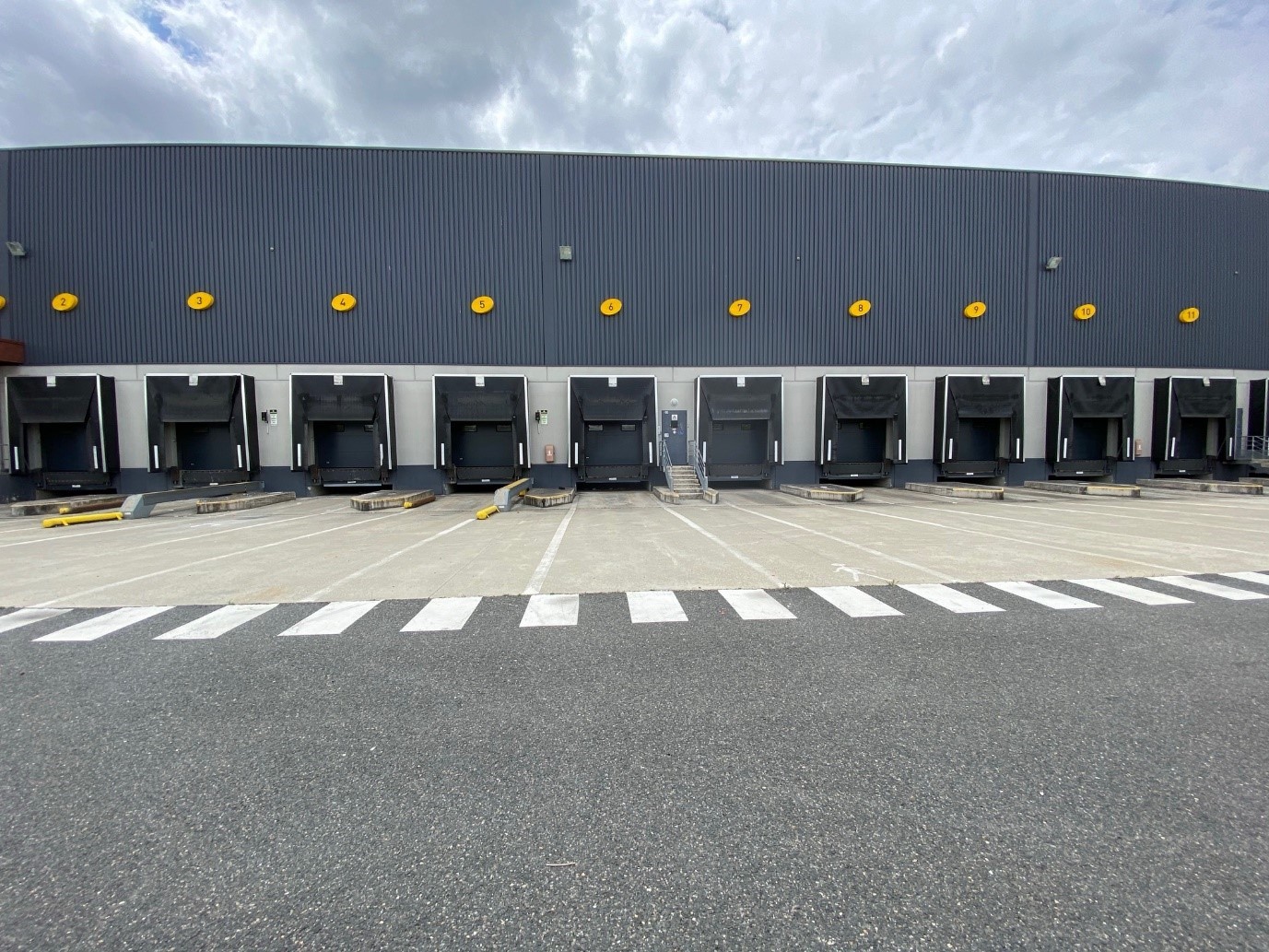Bringing logistics closer to the people: a necessity for cleaner delivery

The period of confinement has brought logistics to the forefront, for its role in supplying the population. The delivery of goods is an essential function for an urban area, starting with the dense zone of Ile-de-France.
It is what enables the supply of shops, cafés and restaurants, tertiary businesses and administrations. It is also used to deliver parcels or food products purchased through e-commerce.
But urban delivery also has negative impacts on the city and its inhabitants. As parking during delivery operations is often double queued, commercial vehicles contribute to urban congestion. They are the source of 38% of fine particle emissions from transport and of greenhouse gas emissions that are constantly increasing.
In Paris, as in all metropolises, environmental awareness is reflected in a desire to better share urban public space and to change the mobility of people and goods. This inevitably leads to a reorganisation of urban delivery so that it is efficient and has less impact on the urban territory and the environment. The regulations have been strengthened with the implementation of the Metropolitan Low Emission Zone, which concerns not only Paris but also, since July 2019, 79 municipalities on the outskirts of Paris.
The A86: the main route for organising urban delivery flows
Reorganising deliveries means consolidating them better by reducing the number of vehicles and kilometres travelled. This implies using models that are better adapted to the dense urban area and to the regulations: electric vehicles, NGVs or velocargoes. These vehicles are often smaller in size, but some of them have a limited range.
Bringing logistics closer to the city becomes essential to allow several rounds per day from these platforms, using less polluting vehicles.
For a long time, logistics facilities were located away from the urban area, to take advantage of available land or opportunities. From now on, the new organisations to be put in place require that easily accessible areas close to the dense urban area of Paris be reallocated to urban logistics.
These sites will make it possible to receive goods on a mass scale and to organise optimised delivery rounds using clean vehicles. The perimeter around the A86 is the natural sector for hosting goods distribution activities for the heart of the Paris region.
Gennevilliers: one of the major centres for urban logistics
The Port of Gennevilliers, thanks to its multimodal infrastructures and road access, is the main logistics gateway to the west of Ile-de-France. Very close to Paris and easy to access, the Gennevilliers sector is recognised as an ideal location for an urban logistics platform, which is essential to the operation of the urban area. In addition, the development of Seine-Saint-Denis, with the Olympic Village in the immediate vicinity, is an opportunity for a new site.
The port is equipped with a terminal allowing containers from Le Havre to be transported via the Seine. It is also equipped with energy infrastructures, notably a CNG station.
Near the port of Gennevilliers, on the edge of Villeneuve-la Garenne, there is a 22,709 m² state-of-the-art courier site. Only 5 kilometres from Paris, it is proposed to host urban logistics activities.
The building can accommodate heavy goods vehicles, sort and break down courier and parcel flows, and organise routes to Paris and the inner suburbs. Rounds with electric vehicles can then be easily organised to serve Paris intramurals, at a rate of two rounds per day, with little loss of time. Because of the proximity, it is possible to use smaller vehicles of 6 to 14 m3, depending on the type of goods concerned.
It is therefore a rare and qualitative opportunity to organise large flows of urban logistics to Paris by anticipating regulatory changes and accompanying the growth of e-commerce flows.
The EOL team is at your disposal to present you this site and its assets!